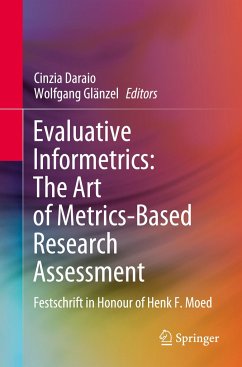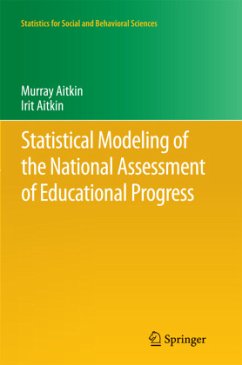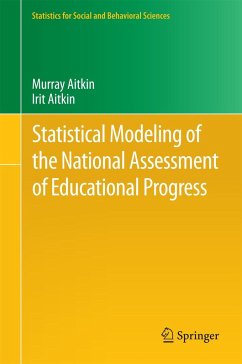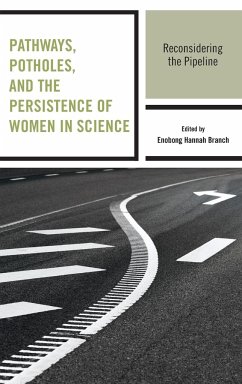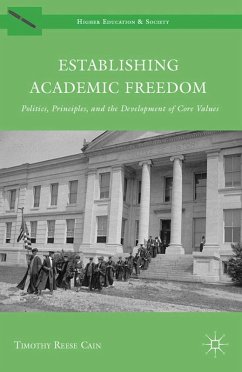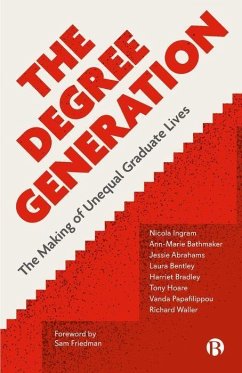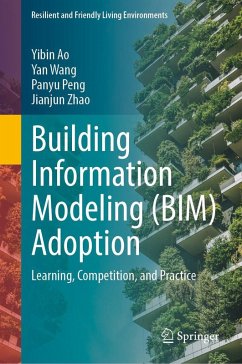
Building Information Modeling (BIM) Adoption
Learning, Competition, and Practice

PAYBACK Punkte
49 °P sammeln!
This book offers a comprehensive and research-driven exploration of Building Information Modeling (BIM) adoption in higher education, with a specific focus on student learning behavior, educational effectiveness, and competition-based learning in the Architecture, Engineering, and Construction (AEC) sector. Combining theoretical models such as UTAUT, SCT, TAM, and TPB with large-scale empirical data from Chinese universities, the book examines how students engage with BIM education both in classrooms and through national competitions. This book is written for researchers, educators, and policy...
This book offers a comprehensive and research-driven exploration of Building Information Modeling (BIM) adoption in higher education, with a specific focus on student learning behavior, educational effectiveness, and competition-based learning in the Architecture, Engineering, and Construction (AEC) sector. Combining theoretical models such as UTAUT, SCT, TAM, and TPB with large-scale empirical data from Chinese universities, the book examines how students engage with BIM education both in classrooms and through national competitions. This book is written for researchers, educators, and policymakers in construction education, digital architecture, and engineering training. It is also suitable for graduate students and curriculum designers interested in digital transformation in AEC disciplines.
Key Features and Benefits:
Offers a multidimensional framework for understanding BIM learning and adoption among university students.
Provides empirical insights from national BIM competitions and education programs in China.
Bridges the gap between BIM policy, education design, and student engagement, offering practical implications for improving curriculum and talent development.
Key Features and Benefits:
Offers a multidimensional framework for understanding BIM learning and adoption among university students.
Provides empirical insights from national BIM competitions and education programs in China.
Bridges the gap between BIM policy, education design, and student engagement, offering practical implications for improving curriculum and talent development.



